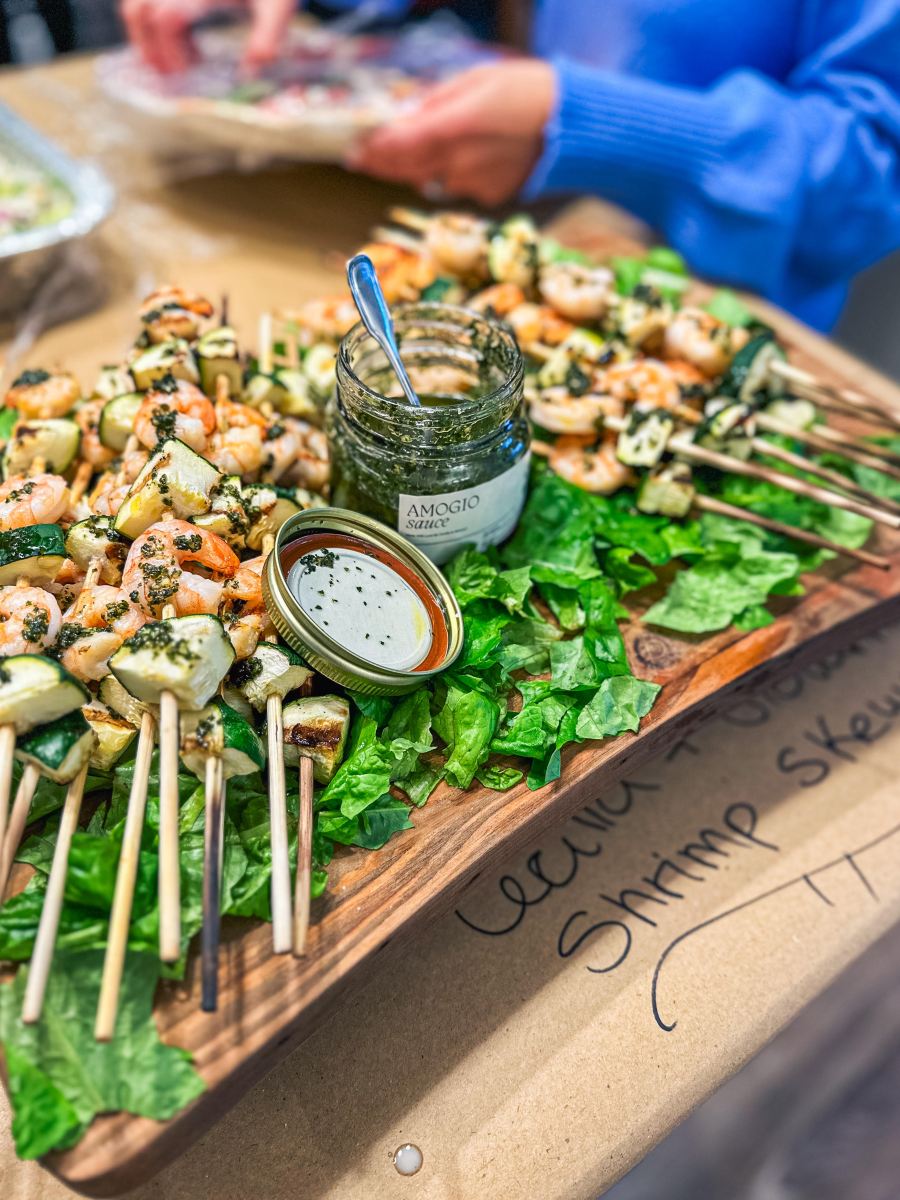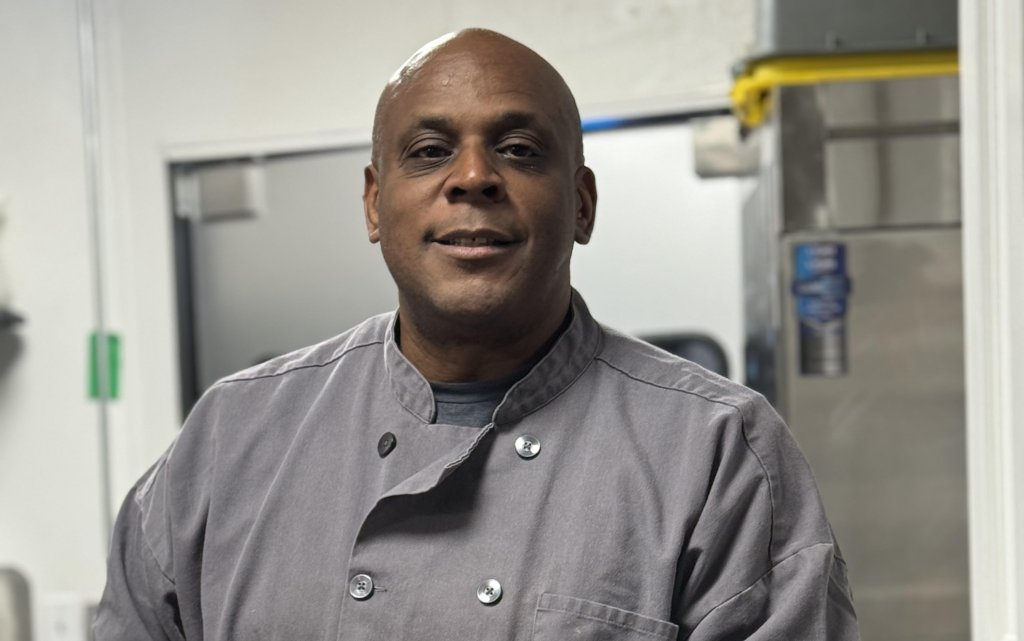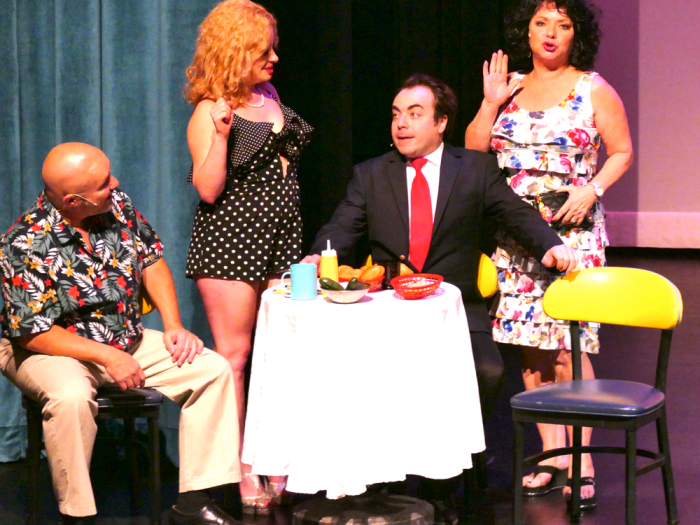By the Book: Vultures, Vultures, Who’s Got the Culture?

Engaging fiction usually offers the side pleasure of learning little-known lore (glove making in Phillip Roth’s American Pastoral, the uses of oil from sperm whales in Moby Dick). In this regard, Lisa King’s new murder mystery Vulture Au Vin (The Permanent Press) more than delivers. Vulture Au Vin may be the go-to book for the latest on wines—and what elegant yet simple dishes go best with them.
No surprise, then, to learn that the author has been a writer and editor for high-end food and wine magazines, or that her first book was called Death in a Wine Dark Sea (nods to Homer, of course). No Roth or Melville, King nonetheless presents an amiable, entertaining California-based narrative that may cause readers to jot down some of the dinners described here. Let it also be said that this story about murder and stolen art contains a mini-dissertation or two on historic Chinese artifacts, and a lesson for those not as grammatically correct as the heroine—or author (this is one of the few books I’ve read where the word “comprise” is used accurately). Indeed, the heroine even corrects her boyfriend (not in bed, but close), telling him he can’t use “like” to introduce a clause.
Though Vulture Au Vin is King’s second mystery featuring 33-year-old Jean Applequist (she’ll obviously be back), there is enough brief reference for a new reader to catch up and enough summaries here to keep track of accumulating murders and complicated relationships. At one point, with three people already dead, everyone (except for Jean) is a suspect. Good-looking, smart, strong-willed and outspoken, Jean is a likeable protagonist. Unapologetic about her desire and need to be bedded (she sleeps around a bit), she doesn’t confuse lust with love. Her longtime boyfriend, Zeppo, eight years her junior, is terrific—they care deeply for each one and have fun invoking dialogue from noir books and movies that seem to suit various occasions. But, on assignment and away from him, how can she resist the blandishments of older, handsome Yuan, smooth as a Château d’Yquem? As she says to her disapproving gay pal, the gorgeous Roman Villalobos, expert in martial arts and friend of Zeppo, Zeppo is still her favorite man, but he “just doesn’t happen to be here, and I’m under a lot of stress.” [Would a guy private investigator have to explain?]
Jean, a no-nonsense lady with gals and guys, is an advocate of gay people, and Vulture is supportive of the wider LGBT community. Little does Jean know, though, that a plum assignment to write up a historic wine tasting at a spectacular estate (Phoenix Gardens in Southern California) is due primarily not to her reputation as a wine reporter but because the wealthy and powerful host (Theodore Lyon, “oil billionaire and wine collector extraordinaire”) wants her to seduce his unmarried son, Bernie, a charming wannabe film maker. He’s heard that Jean, um, sleeps around a bit. Ted, however, is unaware that his son is gay. Jean takes Roman with her to Phoenix Gardens and intuits immediately how well he and Bernie will get along.
Jean finds quite a bit at the estate by way of dead bodies (vultures are the telltale sign). Ted orders her to say nothing—neither about a mysterious murder that took place in the area a couple of months earlier, nor about the death of the old woman who lived nearby and hated him. Among the goodies in Ted’s cellar, by the way, is a 1996 Domaine de la Romanée-Conti La Tâche [Grand Cru],”a rare red Burgundy that would go for at least $1,500 at auction. Less-heeled readers might take comfort in the 2012 Merry Edwards Sauvignon Jean enjoys, a perfect complement to the bleu cheese, roasted pears and candied walnut spinach salad. And oh, those Sauternes (“the depth, the flavor, the complexity”).
Complexity might also describe the plot of Vulture Au Vin, which moves along with good humor, evocative landscape descriptions of a beautiful region continually threatened by wild fires and even ambivalent social commentary: Jean sees the poverty of the area off Interstate 15 and how “appalling” it is, After Jean figures out how three apparently unrelated deaths are linked and some baddies are identified, the case would seem closed, but how can that be? The book’s got halfway to go. And so the narrative takes some interesting turns—revealing subplots that flesh out the private lives of a diverse and distinctive bunch of secondary characters. Good fun.









